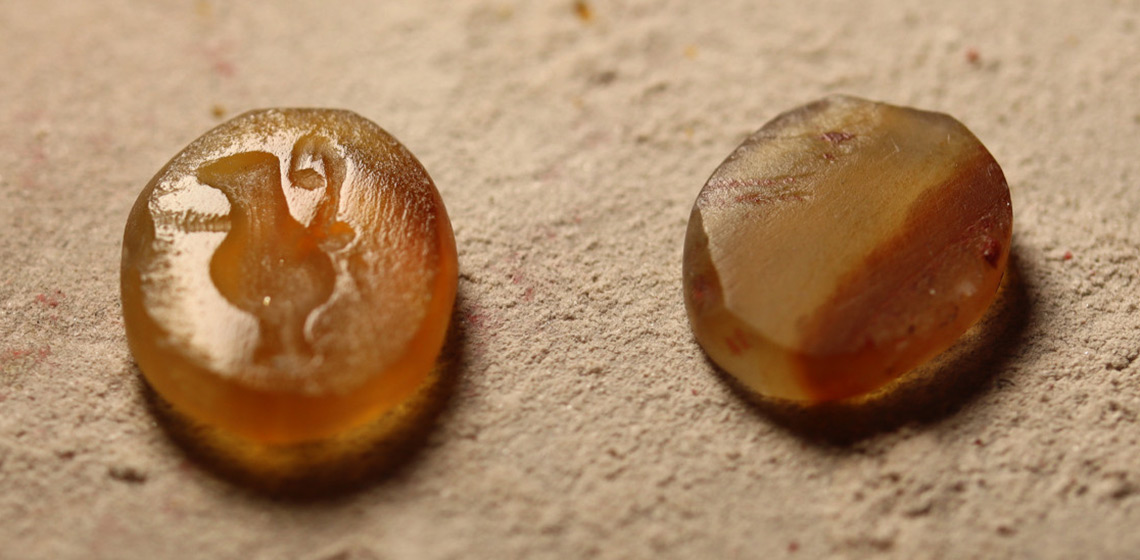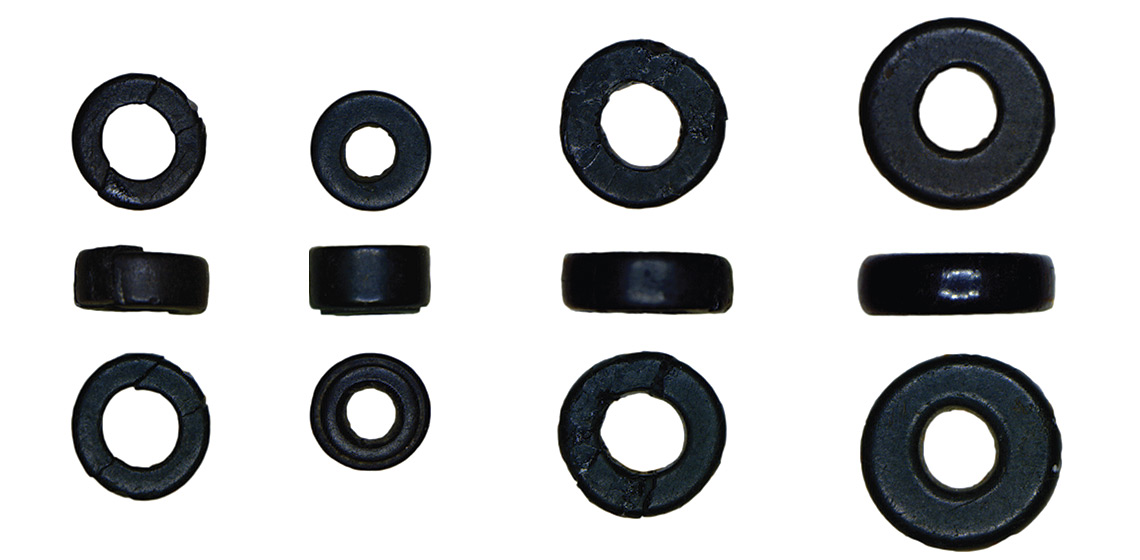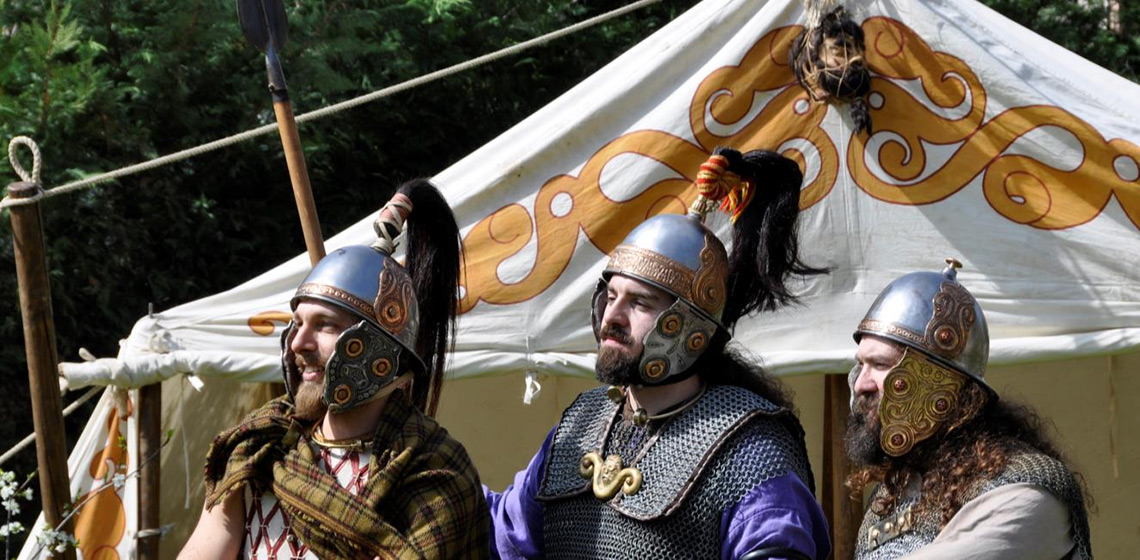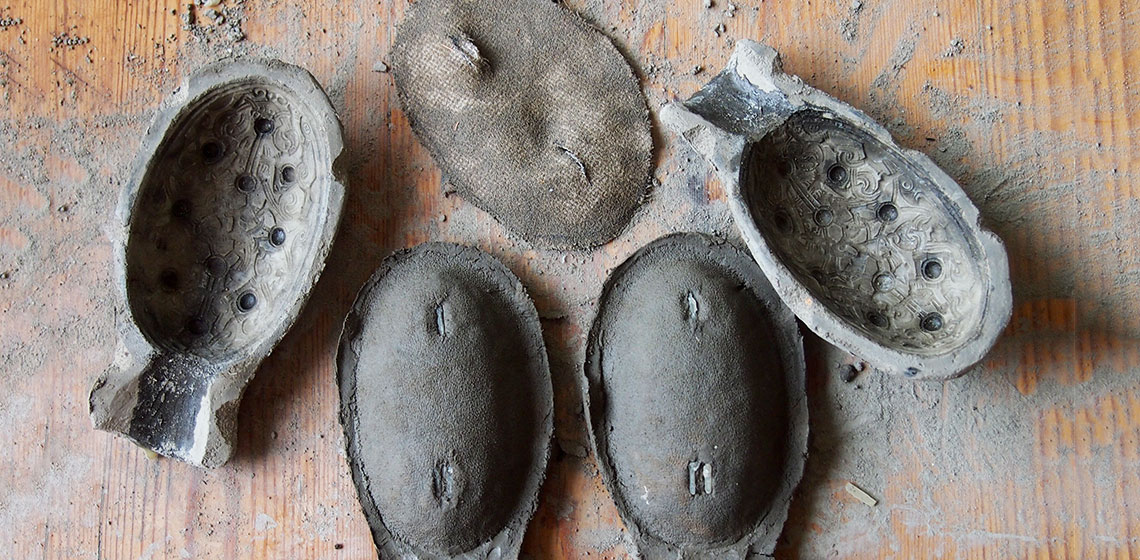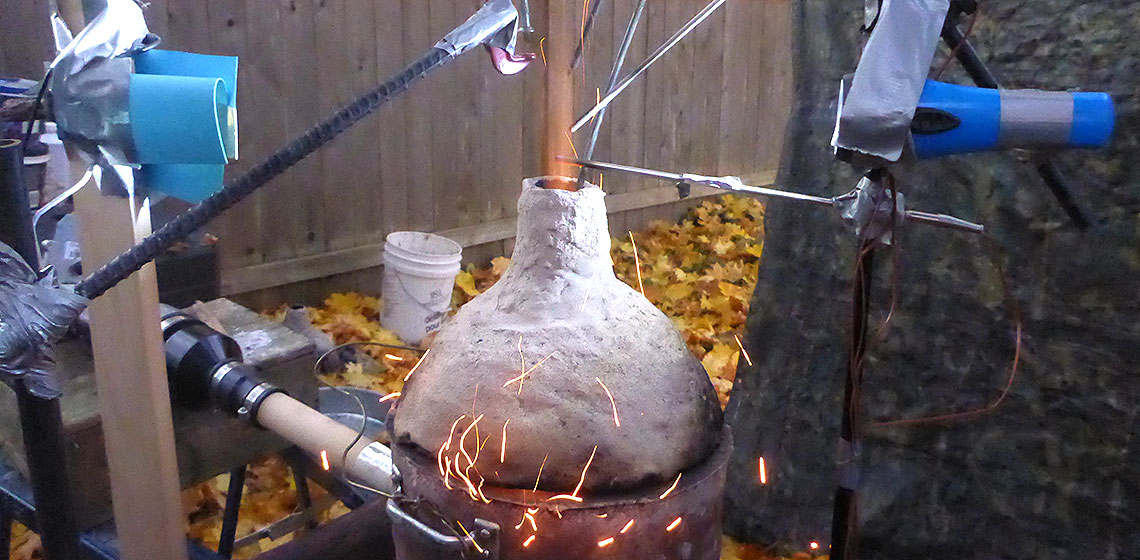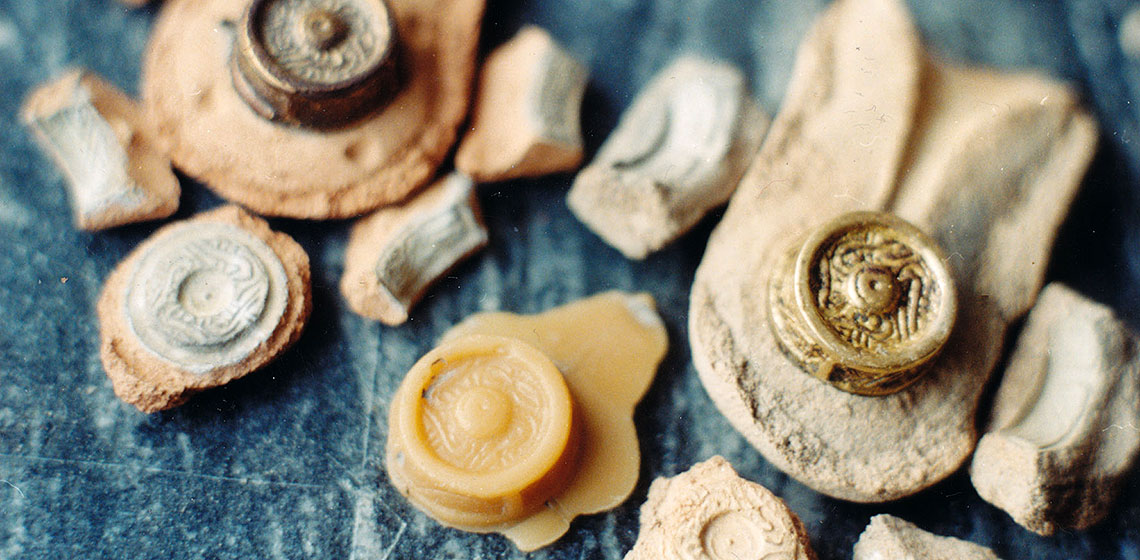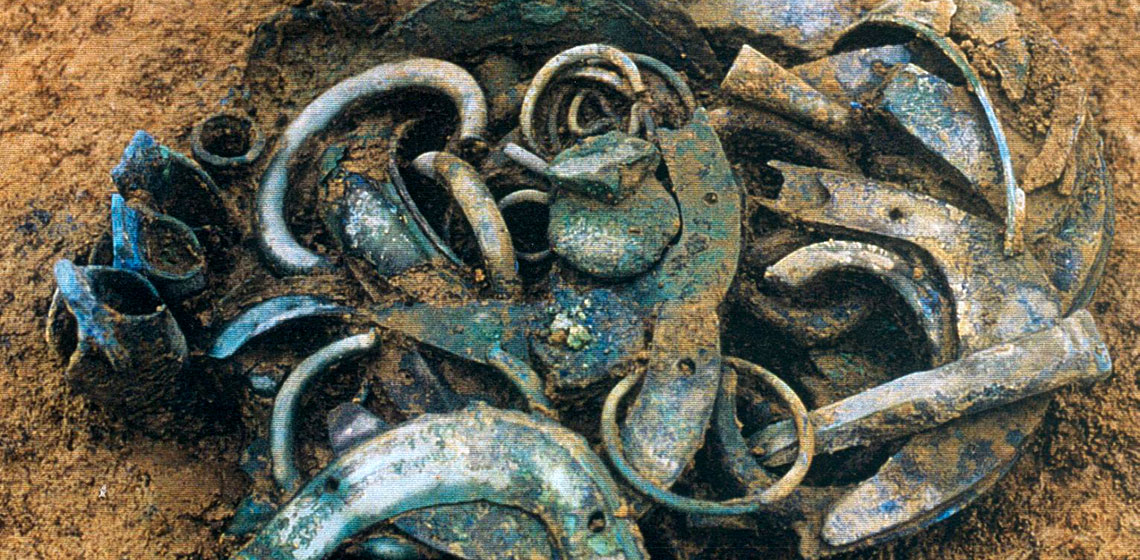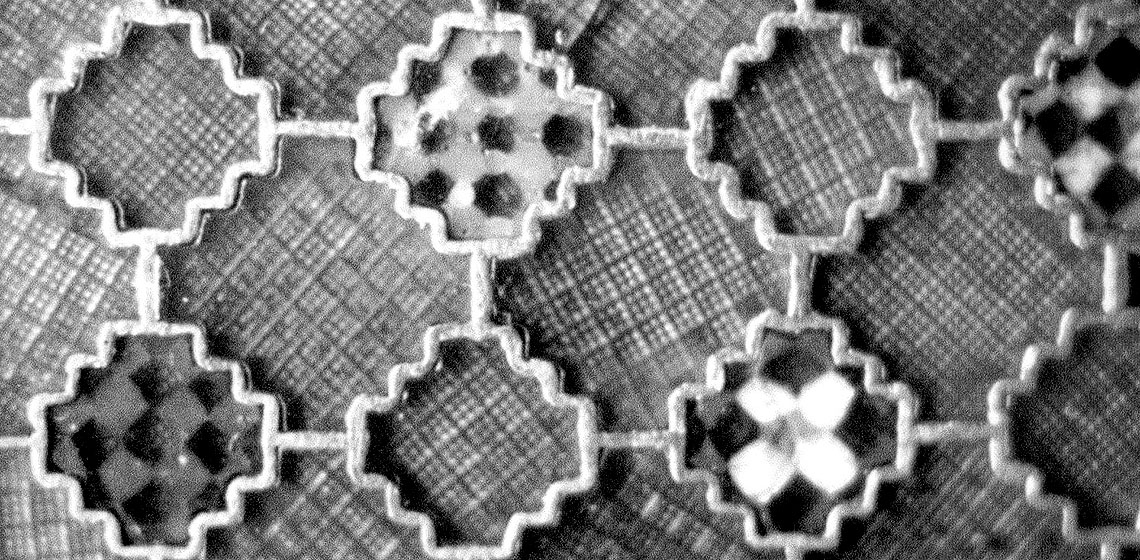jewellery
Techno-functional Study of the Personal Ornaments in Lignite of the Boira Fusca Cave (Cuorgnè, Torino-Italy)
***This paper aims to present a techno-functional study of lignite ornamental objects found during the Fedele excavations (1977-1980) in the Boira Fusca Cave (Cuorgnè, Salto-Turin, Italy). The site demonstrates a chrono-cultural sequence which extends from the late Palaeolithic to the Modern era...
Embossing Technique between III and II Century BC: Experiments and First Results
***The purpose of this paper is to explain our experience with the process of experimental archaeology, involving the reproduction and field testing of embossed decorations, inspired to archaeological finds. As a re-enactment group focused on Celts and Ligurians of III – II century BC we reproduce items and/or ornaments...
Wives, Queens, Goddesses: Reconstructing the Outfit of a 8th-7th Century BC Picenian Woman
Viking Jewellery Mould Making. Experimental and Reconstructive Aspects
Kicking Ash, Viking Glass Bead Making
Experiment Background
Unfortunately, no intact furnaces survive. Only the base plates for these potential furnaces and an additional scattering of sherds exist in the archaeological record. Thus, the shape of the body, lid, and chimneys must be inferred and then tested through experimental bead production.
Jewellery
Articles worn for personal adornment, for example bracelets, necklaces, brooches and rings.
Definition source: Chambers 21st Century Dictionary
Scandinavian Iron Age and Early Medieval Ceramic Moulds - Lost Wax or Not or Both?
***Since the 1940s we have had a discussion in Scandinavia concerning ancient mould-making methods. The question of different methods in the production of ceramic moulds has taken a large part in these discussions; by lost wax or by direct matrix-methods...
How Metallographic Examinations Can Give the Forming Process of Metal Artefacts? The Example of the Hoard of Farébersviller
***The hoard of Farébersviller (Moselle, France) was discovered in 1991 during rescue excavations (See Image above). This set contains 130 "bronze" artifacts, which date to the Late Bronze Age (8th century BC)...
Precision Lost Wax Casting
***The limits of precision casting were explored experimentally at the Bronze Casting Workshop at Wilhelminaoord, the Netherlands, by making wax models, moulds and lost wax castings using essentially early metalworking conditions. Geometrically patterned models of Dark Age type dies were used to...
